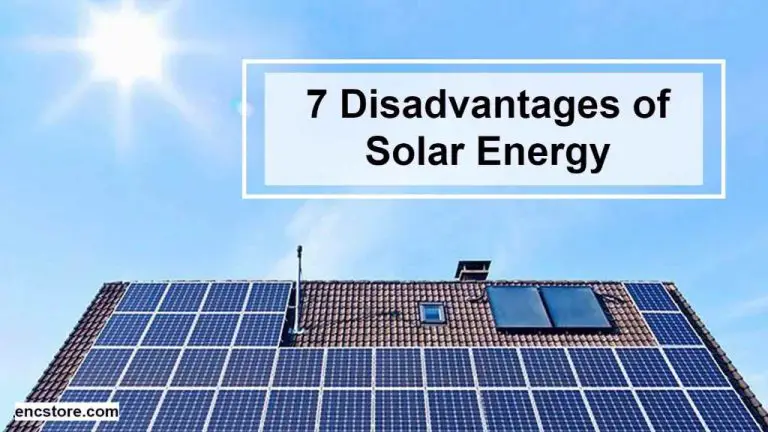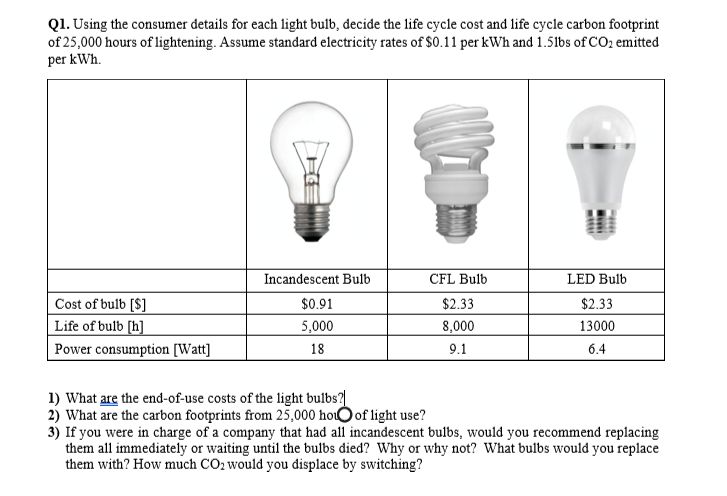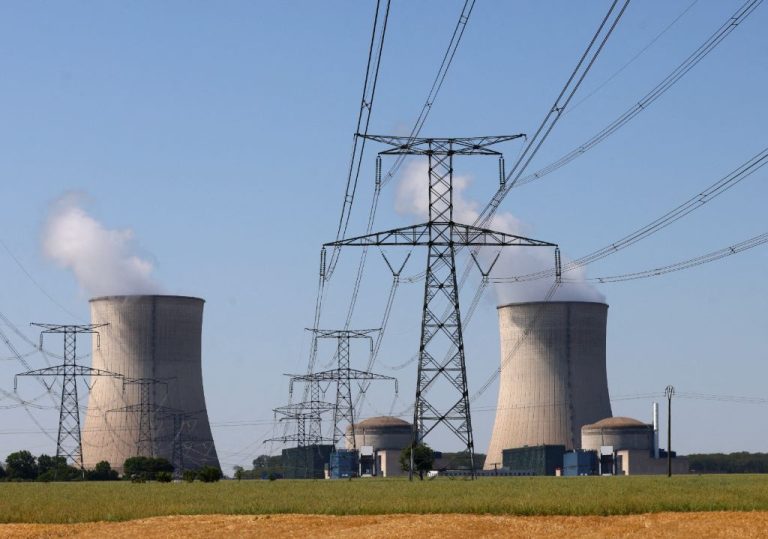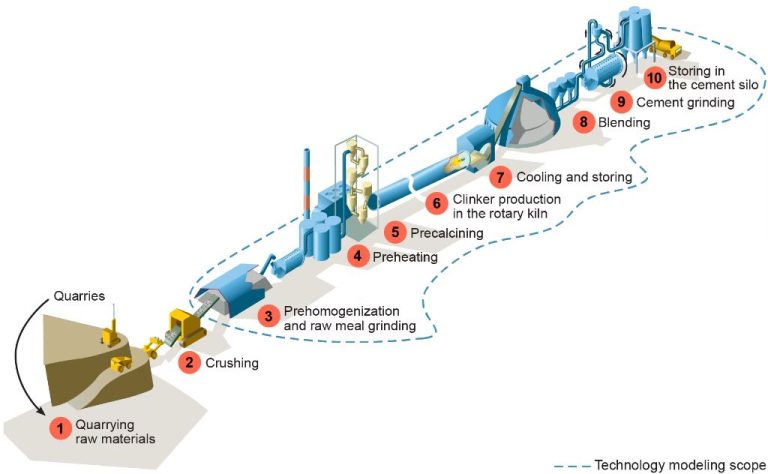What Is The Role Of Energy Efficiency On Sustainable Development?
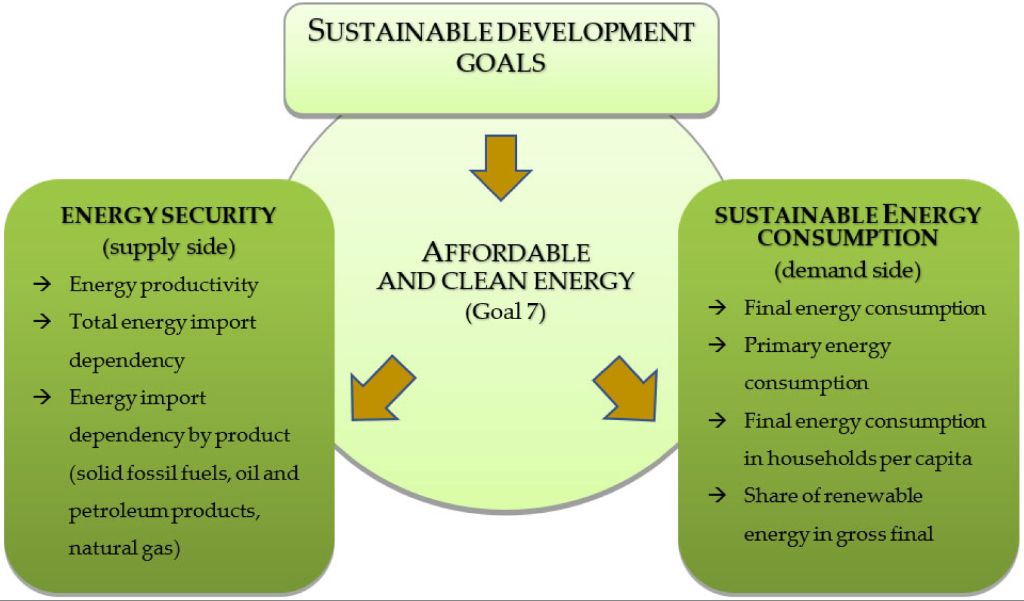
Sustainable development refers to development that meets the needs of the present without compromising the ability of future generations to meet their own needs (https://link.springer.com/chapter/10.1007/978-3-319-64349-6_5). It involves balancing social, economic, and environmental considerations in decision making for development. Energy efficiency means using less energy to provide the same service, like heating a home or powering an appliance (https://www.researchgate.net/publication/324110795_The_Role_and_Importance_of_Energy_Efficiency_for_Sustainable_Development_of_the_Countries).
Energy efficiency plays a key role in sustainable development by reducing energy demand and enabling access to energy services in a more cost-effective and environmentally-friendly manner. This section sets the context and scope for examining the importance of energy efficiency across sectors like buildings, industry, transportation, and appliances to support sustainable development.
Energy Demand
Global energy demand is rising rapidly as populations grow and developing nations industrialize. According to the International Energy Agency (IEA), total energy demand could increase by 50% between 2018 and 2050 if current trends continue (source). Around half of current energy use is from traditional biomass for heating and cooking in developing countries (source). Meeting rising energy demand sustainably is a huge challenge. Reliance on fossil fuels drives climate change, yet alternatives like renewables currently make up a small share of global energy. Transitioning to clean energy sources at the pace and scale required to limit global warming will require unprecedented effort and coordination.
Energy Efficiency Benefits
Improving energy efficiency provides numerous benefits for individuals, businesses, and the environment. Some of the key benefits include:
Reduced energy consumption – Energy efficient appliances, equipment, lighting, buildings, and vehicles use less energy to perform the same functions.
Reduced costs – Consuming less energy directly translates into lower electricity and fuel bills for households, businesses, and industries. For example, LED lighting can reduce lighting costs by 50-80% compared to traditional incandescents. Over time, these savings really add up.
Reduced emissions – Since less fossil fuel energy is needed, energy efficiency results in decreased emissions of greenhouse gases like carbon dioxide as well as other air pollutants. The EPA estimates energy efficiency has avoided at least 1.5 billion tons of CO2 in recent years. This helps mitigate climate change and improves public health.
According to analysis by the International Energy Agency (IEA), energy efficiency improvements accounted for over 40% of global CO2 emission reductions between 2000-2016 [1]. The IEA also found energy efficiency delivered upward of $2.2 trillion in savings globally just in 2016 alone.
In summary, enhancing energy efficiency is a proven way to slash energy waste, costs, and emissions across homes, commercial buildings, industry, transportation, and power generation.
Buildings
Energy efficiency in buildings plays a major role in reducing energy consumption and supporting sustainable development. Buildings account for nearly 40% of global energy consumption and approximately one-third of greenhouse gas emissions (Green Buildings and ENERGY STAR). Implementing energy efficiency measures in both new and existing buildings is essential to lowering energy demand.
Building energy codes and retrofitting older buildings to be more efficient are two key ways to improve efficiency. Building energy codes set minimum requirements for energy efficiency in new construction and major renovations. For example, modern building codes often require a certain level of insulation, high-efficiency lighting, and HVAC equipment. Retrofitting involves adding insulation, replacing appliances and lighting with more efficient models, upgrading HVAC systems, and making other improvements to reduce energy waste (Energy Efficiency: Buildings and Industry).
Green building certification programs like LEED and ENERGY STAR also encourage optimal energy performance. To earn certification, buildings must meet stringent standards for energy efficiency, in addition to other sustainability metrics. ENERGY STAR certified buildings use an average of 35% less energy and emit 35% less carbon than typical buildings (Energy-efficient buildings for a better sustainable future). Widespread adoption of green building practices is critical for reducing the carbon footprint of the building sector.
Industry
Industrial processes account for about one-third of total global energy consumption. Significant potential exists to improve energy efficiency in industry through upgrading equipment, optimizing processes, and adopting energy management best practices.
Large efficiency gains can be achieved through improving the energy efficiency of motor systems, pumps, fans, compressed air systems, steam systems, process heating systems, and combined heat and power systems. Retrofitting existing systems with more energy-efficient technologies like variable speed drives, upgrading to high-efficiency motors and pumps, improving insulation, and optimizing operating parameters can reduce energy use by 10-30% (Engie Impact).
Switching to more efficient processes and optimizing production to reduce waste and re-use waste heat also offer major efficiency opportunities. Emerging technologies like heat pumps, membranes, and new catalysts provide additional potential. Overall, studies estimate the technical potential for energy efficiency improvements in industry ranges from 20-50%, with rapid payback periods from energy savings (Energy.gov).
Policies like energy management standards, financial incentives, and energy performance targets help motivate continuous efficiency gains in industry. But realizing the full potential requires long-term investments and systemic changes to processes and equipment.
Transportation
Transportation accounts for about 28% of total U.S. energy consumption, so improving efficiency in this sector is crucial for sustainability (1). Vehicle fuel economy has improved dramatically, with the average new passenger vehicle in 2021 getting 25.4 miles per gallon, compared to just 14.9 mpg in 1975 (2). However, light-duty vehicles like passenger cars and light trucks still account for over half of transportation energy use (3). Transitioning these vehicles to higher efficiency models like hybrids and EVs provides major opportunities for gains.
The U.S. government provides grants to encourage transportation energy efficiency, like the Energy Efficiency and Conservation Block Grant from the Department of Energy (3). These grants fund projects to improve public transportation systems, which increase efficiency by reducing private vehicle use. Ride sharing services and transportation demand management programs that reduce single-occupancy vehicle trips also play a role.
Ultimately, continued improvements to vehicle fuel economy alongside greater use of public transit, EVs, and alternatives to private vehicles will be needed to maximize transportation efficiency and support sustainable development.
(1) https://energy5.com/exploring-the-challenges-of-energy-efficiency-in-the-transportation-sector
(2) https://afdc.energy.gov/laws/13183
(3) https://energy5.com/energy-efficiency-in-transportation-advancements-and-challenges
Appliances
Appliance and consumer electronics efficiency standards have played an important role in improving energy efficiency and reducing energy consumption. Many governments have established minimum energy performance standards that appliances must meet before being sold. For example, the California Energy Commission first developed appliance efficiency standards in 1977 that apply to appliances sold or offered for sale in California (https://www.energy.ca.gov/programs-and-topics/programs/appliance-efficiency-program-outreach-and-education). These standards have been regularly updated over the years to increase efficiency requirements. According to the California Energy Commission, appliance efficiency standards have saved Californians over $100 billion in energy costs since 1978.
Other states like Oregon have also adopted efficiency standards for appliances and other products (https://www.oregon.gov/energy/energy-oregon/Pages/Appliance-Standards.aspx). By setting mandatory minimum levels of efficiency, these regulations remove the least efficient products from the market. This encourages manufacturers to develop more efficient appliance designs and provides consumers with greater energy and cost savings. Standards have been established for major household appliances like refrigerators, dishwashers, clothes washers and dryers, as well as consumer electronics like computers and TVs. By driving innovation and improvements in energy performance, efficiency standards for appliances and electronics play a key role in reducing energy consumption and supporting sustainable development.
Lighting
The transition from traditional incandescent light bulbs to LED lighting has significantly improved energy efficiency. Incandescent bulbs waste over 90% of their energy generating heat, while LEDs convert over 80% of their energy directly into light (Energy.gov, 2022). This allows LEDs to produce the same amount of light while using a fraction of the energy. LED bulbs also last 25 times longer than incandescents, meaning fewer replacements are needed over time (UK Energy Lighting, 2018). According to the U.S. Department of Energy, widespread adoption of LED lighting could save about 348 TWh annually in the United States by 2027, the electricity equivalent of 44 large electric power plants. LEDs therefore offer major energy and cost savings while reducing the environmental impact of lighting.
LEDs are much more sustainable than other lighting options. They contain no hazardous materials, can be recycled, and don’t emit UV or infrared radiation (SEPCO Solar Lighting, 2022). LEDs give off very little heat compared to other bulbs, reducing the need for air conditioning. The long lifespan of LED bulbs also means less waste generated from burned out bulbs. Overall, the transition to efficient and durable LED lighting plays a key role in building a more sustainable future.
Policy
Governments worldwide have implemented various policies and programs to promote energy efficiency. These policies help drive investments and projects that reduce energy consumption across sectors like buildings, industry, and transportation.
Some common policies include building energy codes, which set minimum energy performance standards for new buildings and renovations. There are also appliance and equipment efficiency standards that set minimum requirements for energy use. Many governments provide financial incentives like tax breaks, rebates, and loans to encourage energy efficiency improvements.
Government agencies play a key role as well. For example, the U.S. Department of Energy oversees programs like ENERGY STAR that certify efficient products. They also conduct energy audits and offer technical assistance to help identify opportunities to improve efficiency.
Education and training programs can promote workforce development in energy efficiency services. In addition, governments may launch public awareness campaigns to encourage conservation behaviors.
Overall, well-designed policies create frameworks, incentives, and support systems to catalyze investments in technologies and practices that reduce energy waste across the economy.
Conclusion
In conclusion, energy efficiency plays a crucial role in sustainable development and building a sustainable future. As energy demand continues rising globally, energy efficiency helps curb this demand through improved technology, building codes, transportation systems, and increasing awareness. Energy efficient solutions in key sectors like buildings, industry, transportation, appliances and lighting can significantly reduce energy consumption and emissions. While more work remains, policies that promote energy efficiency along with public-private partnerships can accelerate the transition. Overall, energy efficiency is essential for economic growth, energy security, environmental sustainability and improved quality of life. The path forward requires expanded efforts by all stakeholders to maximize energy efficiency wherever possible.
To build a sustainable world, individuals, businesses and governments must prioritize energy efficiency in all sectors. Through collaboration, innovation and strategic policies, energy efficiency can be further advanced to reduce environmental impacts. Everyone has a role to play in using energy more wisely. The future depends on transitioning as rapidly as possible to greater efficiency across economic and social activities.

